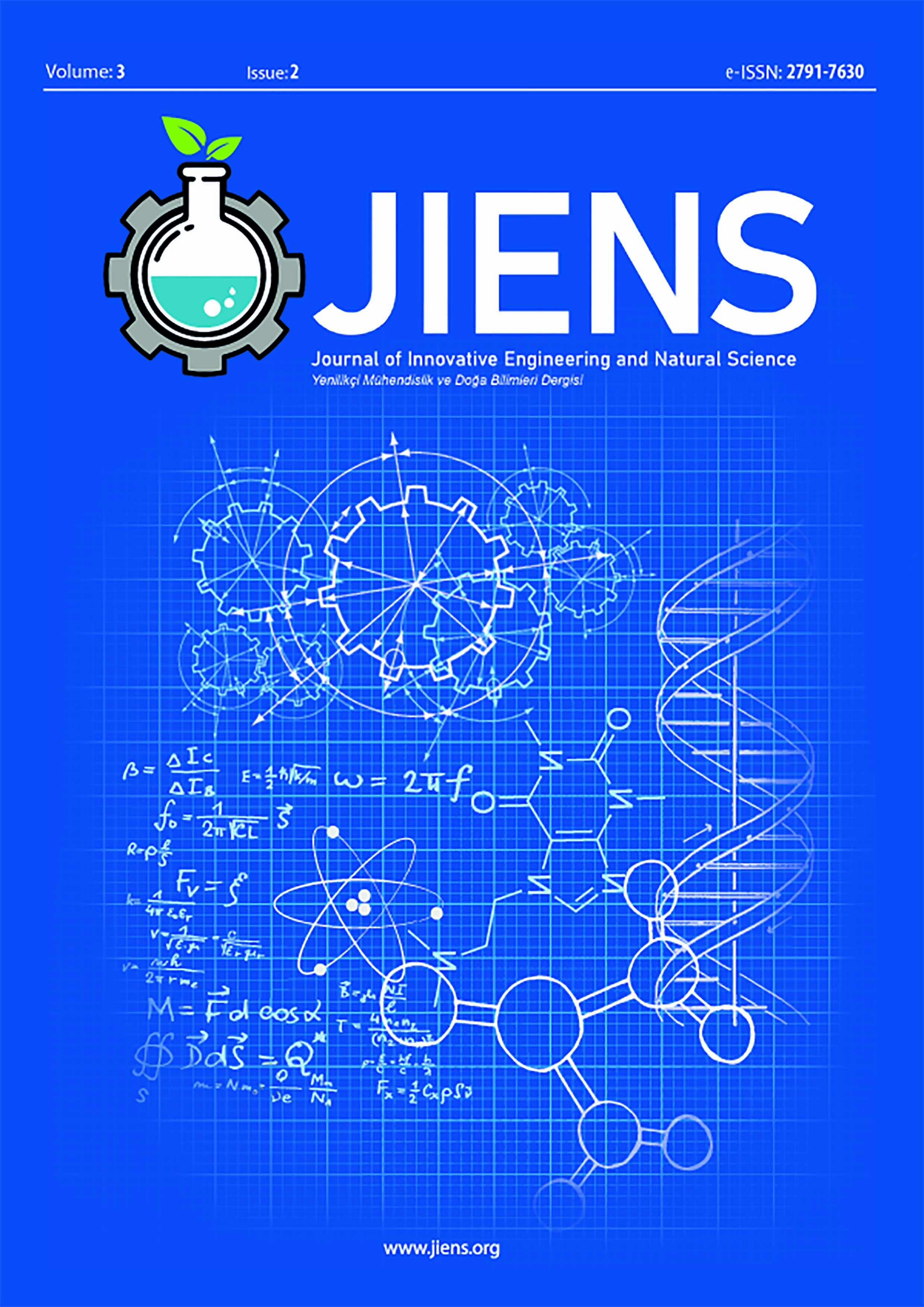Author :
Abstract
Keywords
Abstract
Polyethylene (PE)/polypropylene (PP) bicomponent fibres were converted into three types of CO2 adsorbents by radiation induced graft copolymerization (RIGC) of glycidyl methacrylate (GMA) and N-vinylformamide (NVF) followed by treatment of poly(GMA) grafted fibres with polyethyleneimine (PEI) or ethylenediamine (EDA) and poly(NVF) grafted counterpart with hydrolysis to yield grafted poly(vinylamine) poly(VAm). The incorporation of poly(GMA) having same degree of grafting (DG%) and their subsequently aminated samples were verified by Fourier transform infrared (FTIR) and scanning electron microscopy (SEM). The performance of the three adsorbents was evaluated with pure CO2 and N2 gases and their mixtures of different ratios. The adsorbent with PEI showed CO2 adsorption capacity of 1.03 mmol/g, which was increased to 1.43 mmol/g when it was substituted with EDA, whereas this value was raised to 1.69 mmol/g in the adsorbent containing poly(VAm) at 30 bar and room temperature. Such CO2 adsorption capacity values were decreased when CO2/N2 mixtures were adsorbed, and the decrease was more profound at lower CO2 content in all adsorbents, but the performance of poly(VAm)-containing adsorbent remained superior. It can be concluded that RIGC provides a versatile method to convert PE/PP fibres into highly selective CO2 adsorbents with NVF grafting route is simpler and yield more efficient adsorbent for CO2 capture.





